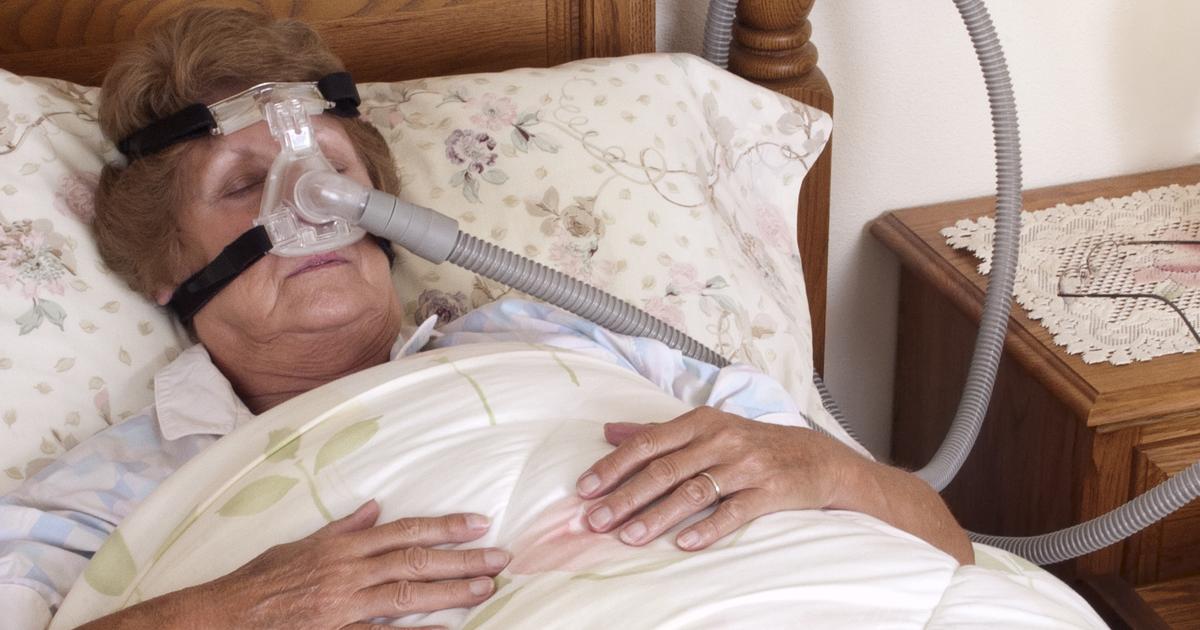Common Causes, Risk Factors, And Complications Of Nasal Polyps
Nasal polyps, sometimes called nasal polyposis, are soft, benign (non-cancerous) growths that form on the lining of the nasal passages. The polyps are typically caused by an inflammation of the sinuses or the mucosal lining of the nose itself. Small polyps may not cause any symptoms, though large polyps could block the nasal passages, and they may produce symptoms such as facial pain, a runny nose, breathing difficulties, snoring, and a distorted sense of taste or smell. Patients could also experience sneezing and headaches, and they might have frequent nosebleeds. To diagnose nasal polyps, doctors begin with a simple examination of the nose using a lighted instrument. A nasal endoscopy and CT scans or other imaging studies may be used to confirm the presence of polyps. Nasal corticosteroids or injectable corticosteroids can be used to shrink or eliminate polyps in this area, and patients may also be given an injection. If medications are ineffective, endoscopic surgery to remove the polyps may be considered.
The conditions outlined below are recognized as causes, risk factors, and complications associated with nasal polyps.
Asthma

Asthma is a chronic condition in which the airways of the lungs become narrowed and swollen. Patients with asthma may experience wheezing, shortness of breath, chest pain, and coughing. Allergies, exercise, and exposure to certain chemicals could cause flare-ups for some patients, and the condition could make patients more likely to develop nasal polyps. To diagnose asthma, doctors begin by performing a physical examination. This primarily involves listening to the heart and lungs with a stethoscope, and it is performed to rule out other illnesses such as chronic obstructive pulmonary disease and respiratory infections. Patients might need to have spirometry or peak flow tests, and some individuals could be asked to have imaging studies or a nitric oxide test.
Treatment methods for asthma typically consist of inhaled corticosteroids and other long-term control medicines. Patients are also given a rescue inhaler that contains short-acting beta antagonists or bronchodilators such as ipratropium. These medicines are designed to be used during flare-ups. Patients with asthma should keep a symptom journal, and they should always see a doctor if they experience any nosebleeds or other issues that could suggest the presence of nasal polyps. Polyps could make asthma symptoms worse.
Read more about the causes, risk factors, and complications of nasal polyps now.
Allergic Rhinitis

Also known as hay fever, allergic rhinitis occurs in patients who have allergies to substances such as pollen, dust mites, mold, or cat saliva. Individuals with allergic rhinitis typically experience sneezing, a runny nose, watery or itchy eyes, and fatigue. They may also develop hives, itchy skin, dark circles under the eyes, coughing, or a sore throat. Asthma, a known risk factor for nasal polyps, also increases the risk of having allergic rhinitis. Air pollution, cigarette smoke, fumes, and humidity can worsen this condition. Doctors perform a physical exam, a skin prick test, and a RAST blood test to diagnose allergic rhinitis. Treatment options include antihistamines, decongestants, nasal sprays, and immunotherapy (allergy shots or tablets).
Get more details on causes, risk factors, and other complications of nasal polyps now.
Sensitivity To Anti-Inflammatory Medication

Patients with nasal polyps could also have a sensitivity to anti-inflammatory medication. In particular, doctors have identified acetylsalicylic acid as a major medication that causes this sensitivity in individuals with nasal polyps. For this reason, patients who know they have nasal polyps should always ask their specialist before taking any type of anti-inflammatory, including over-the-counter medications such as ibuprofen and naproxen. In addition, individuals who notice they have unusual symptoms after taking an anti-inflammatory may want to talk with their primary care doctor or an ear, nose, and throat specialist about having an examination to detect nasal polyps. If shortness of breath, facial swelling, or rapid heartbeat occur after taking medicine, patients should seek urgent medical treatment, as these may be signs of an allergic reaction.
Continue reading to reveal more on the different risk factors and complications of nasal polyps now.
Obstructive Sleep Apnea

Obstructive sleep apnea is a condition in which patients experience multiple pauses in their breathing during sleep. These pauses typically last at least ten seconds, and patients with this sleep disorder often notice daytime sleepiness, loud snoring, a dry mouth upon waking, morning headaches, and nighttime sweating. Individuals could also have elevated blood pressure, and depression and irritability are common. Asthma increases the risk of sleep apnea, and patients who have chronic nasal congestion, including that which is associated with nasal polyps, are also at an elevated risk of this form of apnea. In fact, obstructive sleep apnea is a potential complication of untreated nasal polyps.
To diagnose sleep apnea, physicians will perform sleep studies at a specialized facility, and they will also check the patient's mouth, throat, and nose for the presence of extra tissue, polyps, or other abnormalities. Treatment options for this condition include positive airway pressure machines, mouthpieces, and surgery to remove tissue or stimulate the upper airways. Lifestyle changes such as weight loss, reduced alcohol consumption, and changes in sleeping position might be recommended as well.
Discover additional complications of nasal polyps now.
Sinus Infections

Sinus infections occur when the tissue lining the sinuses becomes inflamed. Nasal polyps may trigger these infections, and they could also develop as a result of the common cold, allergic rhinitis, or a deviated septum. Patients with an acute sinus infection could experience coughing, congestion, facial pain, a runny nose, and a loss of their sense of smell. Fever, headaches, bad breath, and dental pain may be present too. Chronic sinus infection patients could have these symptoms for at least three months, and they may also notice pus in the nasal cavity. Mild infections might be treatable with over-the-counter decongestants. However, more serious infections and chronic infections will likely require treatment with antibiotics or steroids, and antihistamines might be necessary for some patients. To reduce pain and other symptoms, doctors may recommend patients use warm compresses and saline nasal drops or sprays at home. Individuals who have sinus infections will normally need to have follow-up appointments with their doctor.